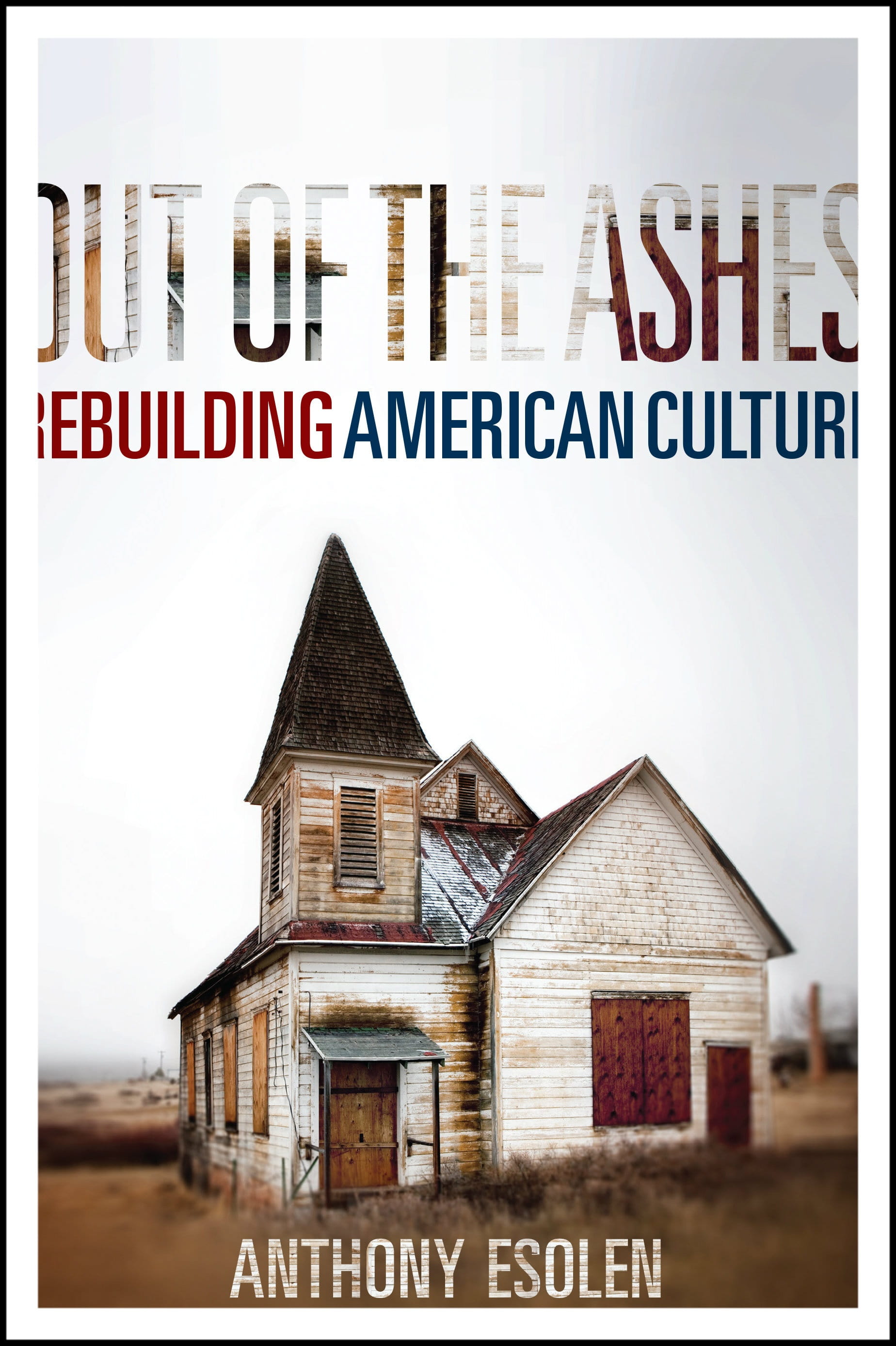Cathedrals for Sports, Multi-Purpose Rooms for Churches?

Editor's Note: The following article is an excerpt from Out of the Ashes: Rebuilding American Culture by Anthony Esolen (Regnery Publishing, 2017). Used with permission.
“Where your treasure is,” says Jesus, “there will your heart lie also.” We can tell where a people’s heart lies by where they place their treasure.
In material terms we are by far the wealthiest generation of people who have ever lived on earth. Yet our original accomplishments in all of the arts are meager at best. At worst, we show a heavy net deficit. The modern world has destroyed almost as many forms of art—not just individual works of art, but the very genres—as the people of the Middle Ages and the Renaissance invented. Renaissance painting and sculpture, music and poetry, are what you get when a vigorous popular and learned tradition that had already been immensely creative meets again the classics of Greece and Rome. Modern art is what you get when you repudiate the people, the tradition, and the classics. Individuals are left to trade upon the stock of their native creativity alone, which is not going to be great.
But we do spend money on buildings for mass entertainment. Cashstrapped cities are bullied by the owners of baseball and football teams to float bond issues for state-of-the-art stadiums, with computer-run scoreboards for flashing replays and commercials, booming sound-systems that batter the ears of fifty thousand people, food courts more varied and plentiful than a bazaar in old Baghdad in the days of the sultans, special enclaves where you can eat and drink without sparing while watching the ballgame through Plexiglass windows, grounds composed of special hybrids of grass, everything sharp, loud, bright, big, smart, and very expensive.
We take more care of a ball field than we do of the church.
If someone should argue that the ball field requires only prefabricated sections of this and that to be pieced together, while the church requires real craftsmanship from the human hand, I must reply that this is no answer at all. Is it not true that hundreds of thousands of men who could support families by the skill in their hands do not do so now because we do not ask for those skills, except in the rare cases of homes for the wealthiest among us? We are servile for mass entertainment, when we could be free with our hearts and ourselves for the worship of God, which truly builds up a human community, rather than just herding people in an aggregate of many thousands who do not know one another, and whose only common bond is that they prefer a certain style of uniform.
But why would we care to make our churches beautiful when what goes on in them is slipshod and is not felt to be of even temporal consequence, let alone eternal? We do nothing in the week that is more significant than to serve God by prayer. That is a fact. We have forgotten it. Our hearts skip a beat when someone gives us a surprise ticket to the baseball game. Those same hearts plod along at their usual sluggish tempo when we dress for church, if we dress for church at all. So we end up with stadiums that will not last twenty years before the owners of the ball club demand new ones. Chartres Cathedral has been standing for eight hundred years.
Think of it, everyone—preachers, parishioners, choristers, artists.

Publication date: February 3, 2017
Originally published January 09, 2018.





